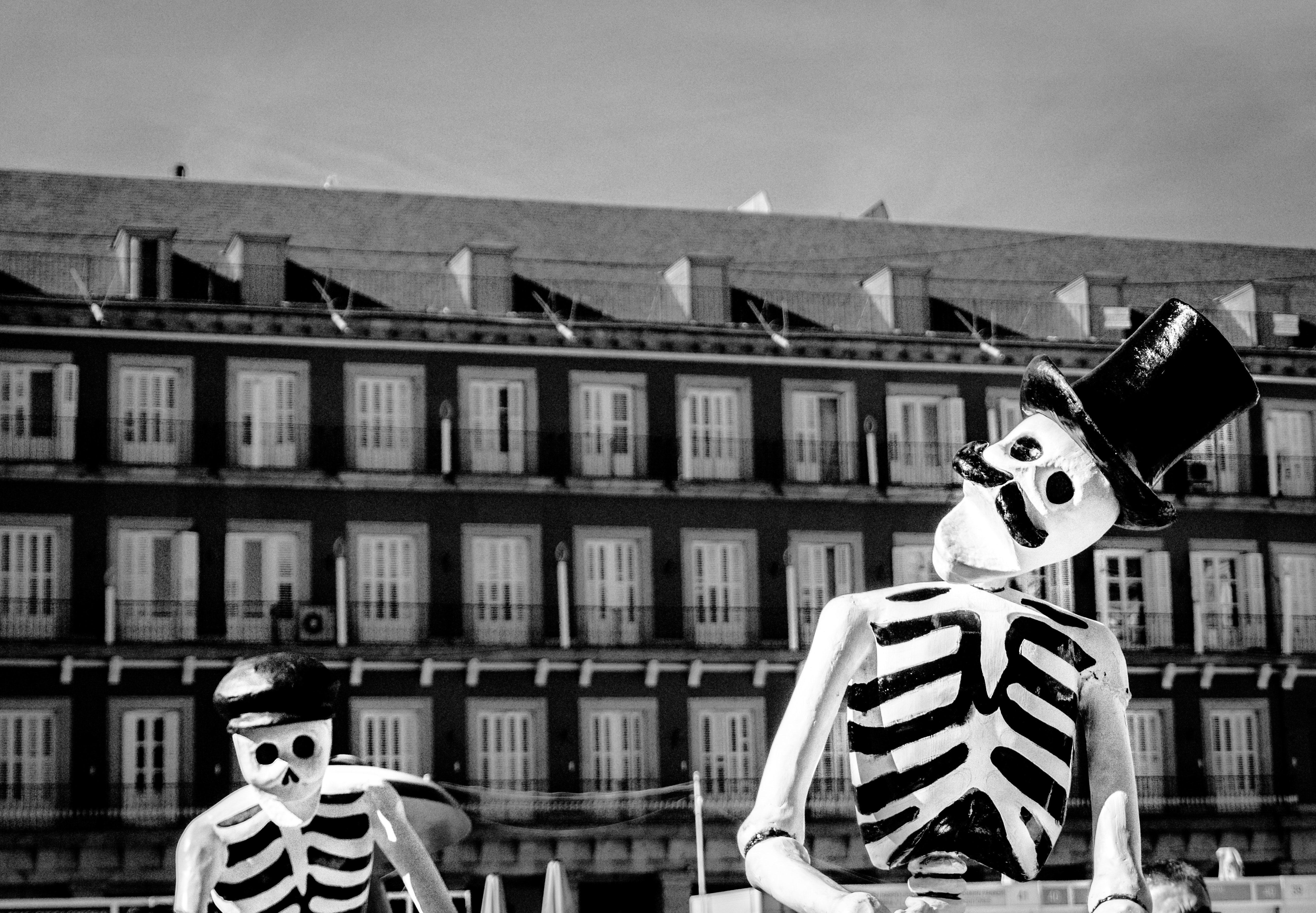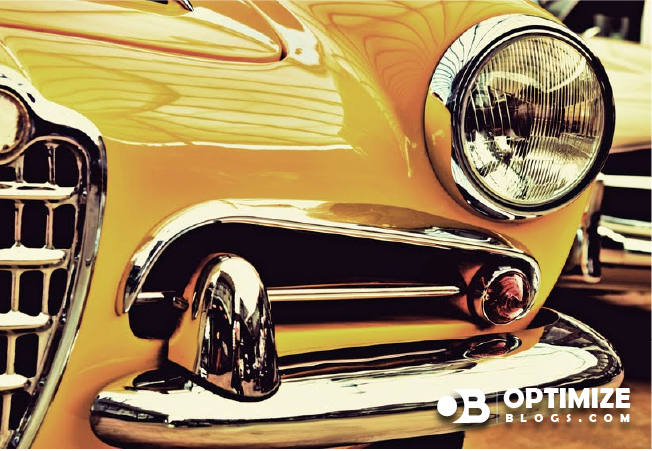
Introduction
Halloween, with its spooky decorations, costumes, and candy, is a widely celebrated holiday, especially in the United States. However, beneath the surface of this modernday celebration lies a rich history filled with ancient traditions, legends, and superstitions. In this exploration of Halloween's history and origins, we'll delve into its mysterious past and uncover the fascinating evolution of this beloved holiday.
Celtic Roots: Samhain Festival
Halloween's origins can be traced back to ancient Celtic traditions, primarily the festival of Samhain. Samhain marked the end of the harvest season and the beginning of winter in Celtic Ireland, Scotland, and Wales. Celebrated around November 1st, this festival had both religious and practical significance.
One of the key beliefs of the Celts was that during Samhain, the boundary between the living and the dead blurred. It was a time when the spirits of the deceased returned to the earthly realm. To appease these spirits and ward off malevolent entities, the Celts lit bonfires, wore costumes made of animal skins, and left offerings of food and drink.
The Influence of Christianity: All Saints' Day and All Hallows' Eve
The spread of Christianity across Europe had a significant impact on the celebration of Samhain. In the 7th century, Pope Boniface IV established All Saints' Day (also known as All Hallows' Day) on November 1st to honor Christian saints and martyrs. The night before, October 31st, became known as All Hallows' Eve, eventually shortened to "Hallowe'en."
This Christian holiday incorporated some of the traditions of Samhain. For example, the custom of lighting bonfires continued, but they were now lit to represent the light of Christ. The practice of dressing in costumes also persisted, with a shift towards more Christianthemed attire, such as dressing as angels or saints.
The Role of the Church: Attempting to Christianize Samhain
The Church strategically placed All Saints' Day on November 1st to counter the pagan festival of Samhain. The hope was that by Christianizing this holiday, it could gradually replace the Celtic traditions and superstitions associated with Samhain.
Over time, Samhain and All Saints' Day began to merge, and many of the customs from both celebrations blended. The concept of souls returning to the earthly realm was still prevalent, but it was now considered the night when spirits could seek forgiveness and blessings.
Folklore and Superstitions: Divination and Protecting Against Spirits
Halloween, in various forms, continued to evolve over the centuries with a strong focus on superstitions, folklore, and divination. People believed that the spirits were particularly active on Halloween, and this led to a variety of customs and practices.
One common tradition was divination, where people attempted to foretell their future. Activities like bobbing for apples and using apple peels to predict one's future spouse were common. In some regions, it was believed that a mirror could reveal the face of a future spouse or that the positioning of nuts in a fire could predict one's fortune.
Superstitions also played a significant role in Halloween customs. People carried out rituals to ward off evil spirits, such as leaving food offerings outside for wandering souls. Others believed that wearing costumes could protect them from harmful entities, and masks were used to disguise one's identity from vengeful spirits.
Immigrant Influence: Halloween in America
The Halloween traditions that we recognize today in the United States are, in large part, the result of the fusion of various customs brought by Irish and Scottish immigrants in the 19th century. The holiday became more secular, and a strong emphasis was placed on community gatherings, feasting, and children's activities.
By the late 19th century, Halloween had transformed into a holiday focused on fun and games, including activities like apple bobbing, fortunetelling, and the telling of ghost stories. The practice of dressing in costumes remained a central part of the celebration.
TrickorTreating: An American Innovation
The concept of "trickortreating" as we know it today also has American roots. It evolved from the tradition of "souling" and "guising" in the British Isles. Souling involved going from house to house, offering prayers for the souls of the deceased in exchange for food. Guising, on the other hand, involved dressing up and performing songs, poems, or jokes in exchange for food or coins.
In the United States, the practice of trickortreating gained popularity in the early 20th century and was heavily promoted in the 1950s as a wholesome, communitybased activity. Children dressed in costumes would go door to door, asking for treats, and the threat of playing tricks on those who didn't comply was part of the fun.
The Modern Halloween: A Multifaceted Celebration
Today, Halloween is celebrated in various ways, ranging from the traditional to the contemporary. It remains a time for costumes, parties, haunted houses, and, of course, copious amounts of candy. People continue to engage in ageold customs like carving pumpkins (a tradition that originated in Ireland), telling spooky stories, and visiting haunted attractions.
The holiday has expanded beyond its Celtic and Christian roots to become a multicultural celebration. In recent years, it has embraced influences from various cultures and traditions, making it a rich and diverse experience for people of all backgrounds.
Conclusion
Halloween, with its enigmatic origins and deep historical ties, has evolved into a beloved holiday that combines elements of both ancient and modern customs. It's a time to celebrate the season's change, the mysteries of the night, and the joy of dressing up. While the holiday may have transformed over the centuries, its enduring spirit of creativity, community, and fun continues to enchant people around the world. So, as the next Halloween approaches, remember the mysterious past from which this celebration emerged and embrace the traditions that make it unique to you and your community. Happy Halloween!






